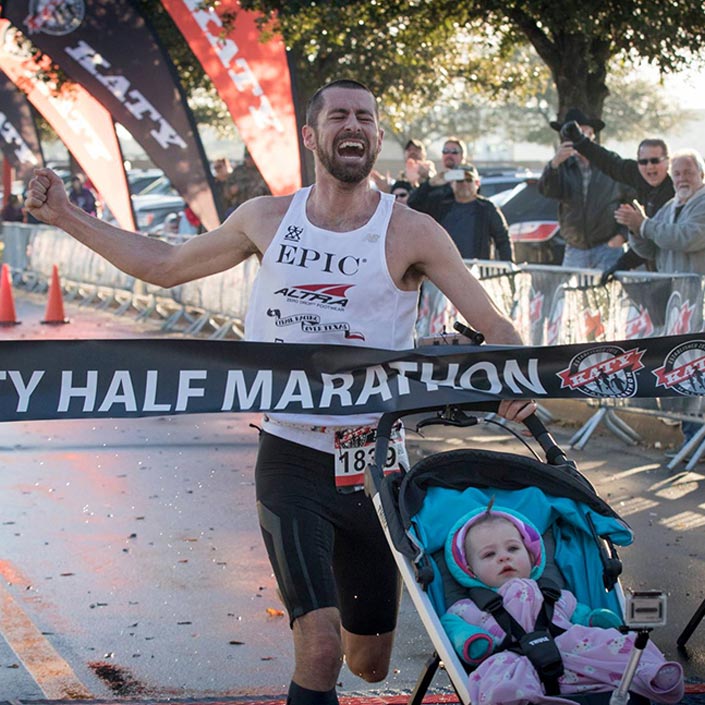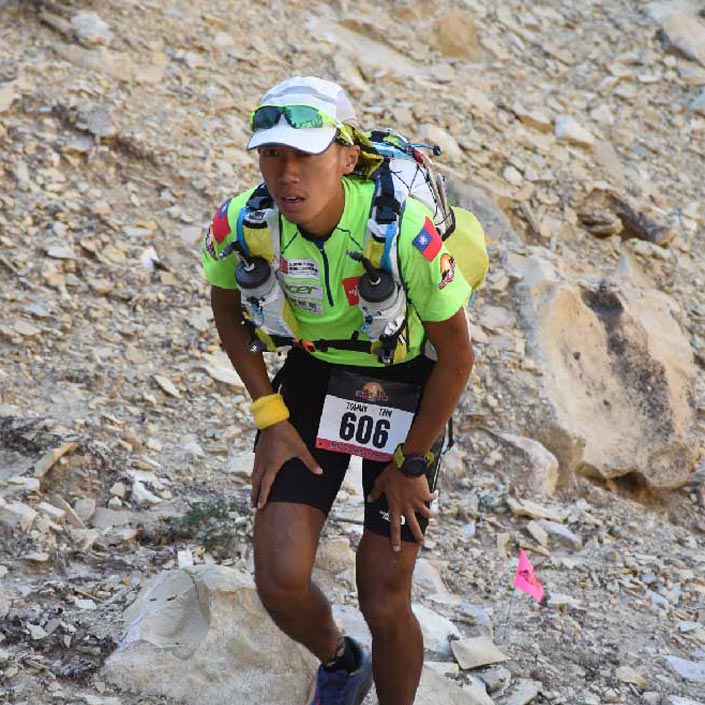Autism Awareness Campaign
Badwater 135 mile Ultra – Death Valley, CA
Jungle Ultra Marathon – 230km Amazon, Peru
What Makes Hope So Bright Unique
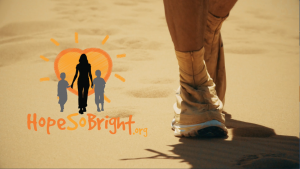 Hope So Bright’s Team IRUN4ULTRA uses the analogy of an ultramarathon runner’s experience to showcase the daily struggle of a learning impaired child. Linda Sanders’ documentary films raise awareness about the ADHD and autism pandemics and include interviews with the athletes that participate in elite races around the world as well as medical professionals and special education experts. The audience learns, through this approach, the staggering statistics about these pandemics while being captivated by how athletes perform under extreme conditions. Ultra marathon races, in particular, beautifully represent that success is possible with dedication and perseverance. It is a compelling way to capture and inform an audience about ADHD and autism without utilizing clinical terminology.
Hope So Bright’s Team IRUN4ULTRA uses the analogy of an ultramarathon runner’s experience to showcase the daily struggle of a learning impaired child. Linda Sanders’ documentary films raise awareness about the ADHD and autism pandemics and include interviews with the athletes that participate in elite races around the world as well as medical professionals and special education experts. The audience learns, through this approach, the staggering statistics about these pandemics while being captivated by how athletes perform under extreme conditions. Ultra marathon races, in particular, beautifully represent that success is possible with dedication and perseverance. It is a compelling way to capture and inform an audience about ADHD and autism without utilizing clinical terminology.
Why Hope So Bright’s Team IRUN4ULTRA is Participating at the 2016 STYR Labs Badwater®135
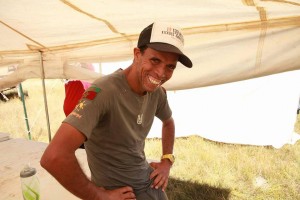 To raise worldwide attention about autism, Hope So Bright is sponsoring Moroccan-based elite ultra marathon runner, Mohamad Ahansal at Badwater®135 July 18-20, 2016. Badwater®135, considered the most demanding and extreme race on the planet, begins at Badwater, Death Valley (20 feet below sea level) and ends at the Whitney Portal, at 8300 feet.
To raise worldwide attention about autism, Hope So Bright is sponsoring Moroccan-based elite ultra marathon runner, Mohamad Ahansal at Badwater®135 July 18-20, 2016. Badwater®135, considered the most demanding and extreme race on the planet, begins at Badwater, Death Valley (20 feet below sea level) and ends at the Whitney Portal, at 8300 feet.
Ahansal will run a total of three mountain ranges, spanning 14,600 feet (4,450 meters) vertically, and 6,100 feet (1,859 meters) in ascension. Ahansal is internationally known for winning noteworthy and difficult races, including the Marathon des Sables, Fire and Ice, and The Iranian Silk Road. He has also created his own multi-stage race, called the Trans Atlas Marathon.
Why Hope So Bright is Filming Badwater®135?
Sanders’ second documentary film, which will include footage from Badwater®135, focuses on the autism epidemic. It incorporates interviews with healthcare practitioners as well as educational specialists Sonia Dickson MA, and Robin Shipley, MS, co-owners of TranZitions, Inc., whose programs and services for learning challenged teenagers and adults teach skills, values, and a way of thinking that promote meaningful behavioral changes which result in success in the workplace and beyond.
The audience for this film includes those who suffer with autism, those who treat patients with autism, parents and caregivers with children diagnosed with autism, the education and special education community as well as any individual or organization advocating for Applied Behavioral Analysis (Cognitive Behavioral Therapy) as treatment. This unique documentary and its spectacular imagery captured by award winning director Alessandro Beltran, provides compelling data and invaluable resources for those with autism.
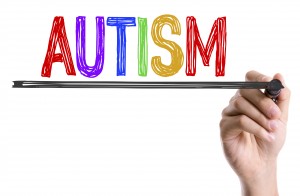
Sanders, who has witnessed autism first hand through a family member, is a proponent of Cognitive Behavioral Therapy. She feels that it is necessary for parents and caregivers to learn the importance of providing pre-school through 5th grade autistic children with the necessary behavioral tools required in order for them to properly navigate their environment. Cognitive Behavioral Therapy has been proven to be most successful in helping children mainstream into social settings that will be present inside and outside of school. However, high-functioning autistic children, teens and young adults also greatly benefit from Cognitive Behavioral Therapy.
An effective treatment program includes parents and caregivers as part of the treatment process, builds on the child’s interests, promotes self-esteem, and offers a predictable schedule. Such a program also teaches tasks as a series of simple steps, actively engages the child’s attention in highly structured activities, and helps include the child in a typical social environment while providing repetitive and positive reinforcement of behavior.
If caregivers such as parents, grandparents, siblings, babysitters, etc., are fully aware of and understand the strengths and deficits of the child, they will be able to incorporate aspects of social skills training into the child’s life at home and school. The more children with autism are exposed to social skills and behavior training, the more likely they are to improve their behavior. Parents and other caregivers can learn how to effectively implement treatment mechanisms into the child’s everyday life. Treatment then becomes consistent and routine for children with autism.

Cognitive Behavioral Therapy targets the learning of skills and the reduction of challenging behaviors. Most Cognitive Behavioral Therapy programs are highly-structured. Targeted skills and behaviors are based on an established curriculum. Each skill is broken down into small steps, and taught using prompts, which are gradually eliminated as the steps are mastered. The child is given repeated opportunities to learn and practice each step in a variety of settings. Each time the child achieves the desired result, he receives positive reinforcement, such as verbal praise or something that the child finds to be highly motivating.
Cognitive Behavioral Therapy programs often include support for the child in a school setting, with a one-on-one aide to target the systemic transfer of skills to a typical school environment. Skills are broken down into manageable pieces and built upon so that a child learns how to learn in a natural environment. Facilitated play with peers is often part of the intervention. Success is measured by direct observation and data collection and analysis – all critical components of Cognitive Behavioral Therapy. If the child isn’t making satisfactory progress, adjustments are made. In other words, the behavior modification is tailored to the specific child. This is why early intervention is paramount for autistic children, teen, and adults. By teaching them Cognitive Behavioral Therapy techniques including communication, cognitive, play, social and self-help skills, important behavioral goals are targeted.
Navigating the world of autism treatment can be perplexing and overwhelming for parents and caregivers. Many of them believe it is unnecessary to provide their children with early intervention skills. They feel that their children simply need love and acceptance in addition to pharmacological treatment. Sadly, what these parents forget is that one day their autistic child will have to navigate the world alone.
Sanders’ film captures the personal struggles that an ultra athlete undertakes in order to complete Badwater®135 as well as the ups and downs of young autistic children who are faced with daily challenges and yet can triumph when building self-esteem and self-advocacy skills through Cognitive Behavioral Therapy. Even though a child can learn the tools necessary to navigate through their environment, they also need advocates to reinforce the tools.

Early behavioral treatments such as Cognitive Behavioral Therapy are often used with young affected children to help put development, especially social and language/communication development, back on track. They are based on the psychobiological notion that brain structure and experience are interconnected, especially during infancy and early childhood. If something fundamental goes awry in the autistic brain, and interferes with early social interaction and experience, the reverse also will be true. That is, the continuing development of the “experience-expectant” brain will be negatively affected when crucial social experiences do not occur. Neurological development, already gone wrong, will be even further derailed when an infant on the autism spectrum fails to focus on human faces and voices or to seek out his or her parent’s gaze. Both the “give” and the “take” of parent-infant interaction will not occur as they were meant to, and so the brain – wired and waiting for certain input – will suffer from never having received it.
Geraldine Dawson, in Early Behavioral Intervention, Brain Plasticity, and the Prevention of Autism Spectrum Disorder, describes how early intensive behavioral treatment can help “guide brain and behavioral development back toward a normal pathway.” For example, if a toddler with autism is completely uninterested in social interaction, preferring to look at inanimate objects rather than people, Cognitive Behavioral Therapy can help that toddler learn to find pleasure or reward in gazing at a human face. The more social interaction becomes valued, the more eye gaze, joint attention, and other fundamental social skills can be nurtured, encouraged, and built upon, opening the way for various types of social skills training.

Hope So Bright’s Team IRun4Ultra Will Participate in the Jungle Ultra, Peru/Amazon 2017
Team IRun4Ultra members Tommy Chen, Calum Neff, and Sondre Amdahl will be participating in Beyond the Ultimate’s Jungle Ultra 2017: a 230-kilometer race through tough jungle trails, mountain roads and village tracks, making its way from Cloud Forest and down 10,500 feet to the Amazon Jungle below. This five-stage event, in which runners will face humidity levels reaching near 100%, exposes participants to virgin forests, diverse wildlife and numerous tribes of the Peruvian Amazon Rainforest. Runners are self-sufficient and carry their own hammock, sleeping bag, food and supplies for the entire race, replenishing a minimum of 2.5 liters of water along the way at check points and base camps.
Why Hope So Bright is Filming the Jungle Ultra
Sanders’ film regarding the 2017 Jungle Ultra will be a more in-depth view into the world of a learning impaired child and features more interviews and treatment options for success. This documentary includes interviews with people of all ages who have been affected by autism and a number of medical and educational professionals who have studied and worked in the field. As one watches the film, they learn about the struggles and advantages that come with having high functioning autism and Asperger’s. They also find out what is required for autistic individuals to survive in a brutal world once they graduate into adulthood. Topics include: getting a proper diagnosis, the need for early intervention, the myth of pharmaceutical treatment as the only option for success, and the importance of Cognitive Behavioral Therapy training.
Autism literally means “aloneness,” or living in one’s own world. In severe cases, young children may not interact with others, or treat people as objects. In milder cases, it involves difficulty understanding and relating to others, and difficulty understanding other people’s perspectives and emotions. When left untreated, many autistic children will not develop effective social skills and may not learn to talk or behave appropriately. Very few individuals recover completely from autism without some sort of intervention. However, there are a wide variety of treatment options available which can be very helpful. It is important to understand that autism is a “label” for people who have a certain set of symptoms (impairments in social skills, language, and behavior). The label of autism does not explain the cause of autism, and it is likely that multiple factors can contribute to the symptoms.
Educational and behavioral therapies are often effective in children with autism, with Cognitive Behavioral Therapy usually being the most effective. Cognitive Behavioral Therapy has significantly more published scientific support than any other form of educational therapy.
Parents, teachers, siblings, and friends may play an important role in assisting in the development of children with autism. Typical pre-school children learn primarily by play, and the importance of play in teaching language and social skills cannot be overemphasized. Ideally, many of the techniques used in Cognitive Behavioral Therapy, sensory integration, and other therapies can be extended throughout the day by family, caregivers, friends and teachers.
Today, Cognitive Behavioral Therapy programs are widely accepted, and the American Medical Association and the US Surgeon General recommend Cognitive Behavioral Therapy therapy for anyone with autism. Cognitive Behavioral Therapy programs are most effective when started early – before the age of 5 years. They are especially effective in teaching non-verbal children how to talk. There is general agreement that:
- one-on-one behavioral interactions are usually beneficial, sometimes with very positive results
- interventions are most beneficial with the youngest children, but older children, teens and adults can benefit
- the program should include as much positive reinforcement and prompting as necessary to achieve a high level of success, with a gradual fading of prompts
- most importantly, the sessions should be fun and stimulating for the autistic individual
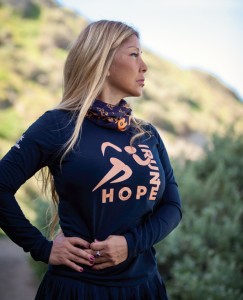
Receiving a diagnosis of autism can be devastating to some parents, but for others it can be a relief to have a label for their child’s symptoms. Some parents can be overwhelmed by fear and grief for the loss of the future they had hoped for their child, and joining parent support groups and talking to other parents may help. However, these strong emotions also motivate parents to find effective help for their children. The diagnosis is important because it can open the doors to many services, and help parents learn about treatments that have benefited similar children.
Sanders advocates that parents, caregivers, teachers, etc., learn Cognitive Behavioral Therapy so they can offer a continuum of behavioral cues to their children in the home. When parents are encouraged to obtain training in Cognitive Behavioral Therapy, they can provide it themselves and/or help supervise other providers.
The most important point Sanders wants to make with her documentary is that autistic individuals have the potential to grow and improve. Contrary to what one may hear or read, autism is treatable. It is important to find effective services, treatments, and education for autistic children as soon as possible. The earlier these children receive appropriate treatment, the better their prognosis. Their progress through life may be slower than others, but they can still be independent and live happy and productive lives with appropriate support.
Stay Informed
With a Free Subscription to Hope So Bright’s Newsletter!

Address: 2711 N. Sepulveda Blvd #414 • Manhattan Beach, CA 90266-2725
Email: contact@hopesobright.org • Phone: 310.374.2862 • Website: www.hopesobright.org
Terms Of Service - Privacy Policy - Return Policy

